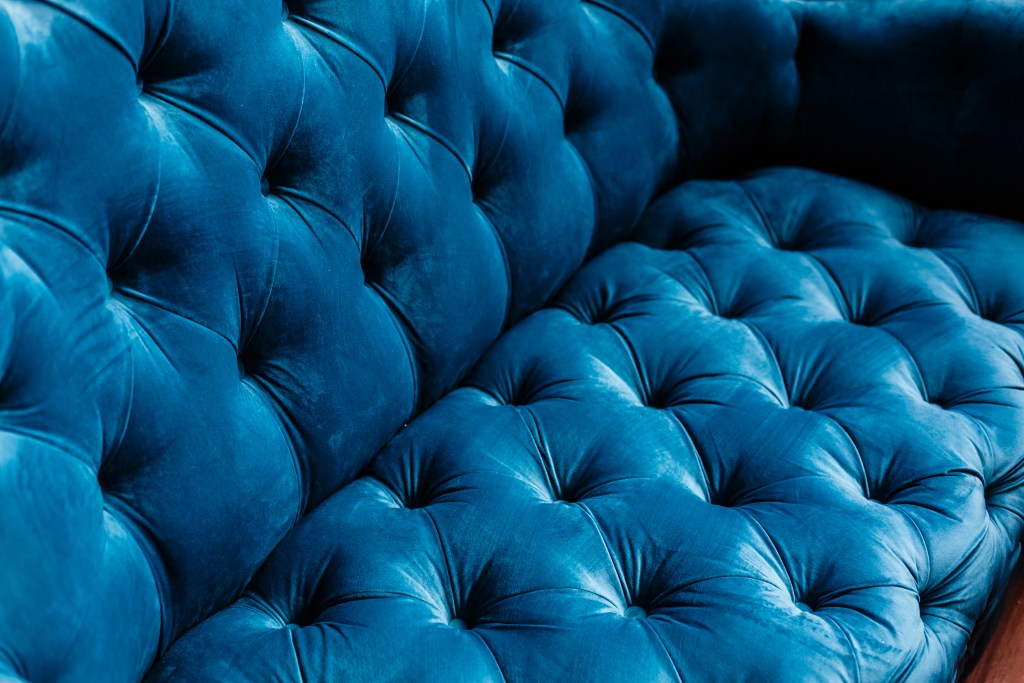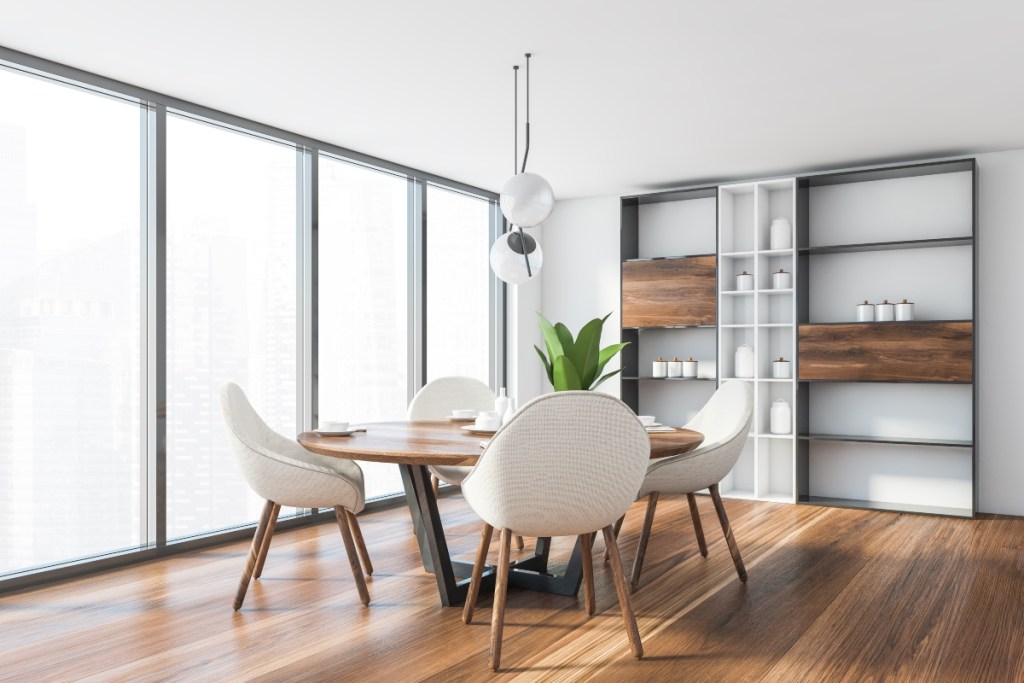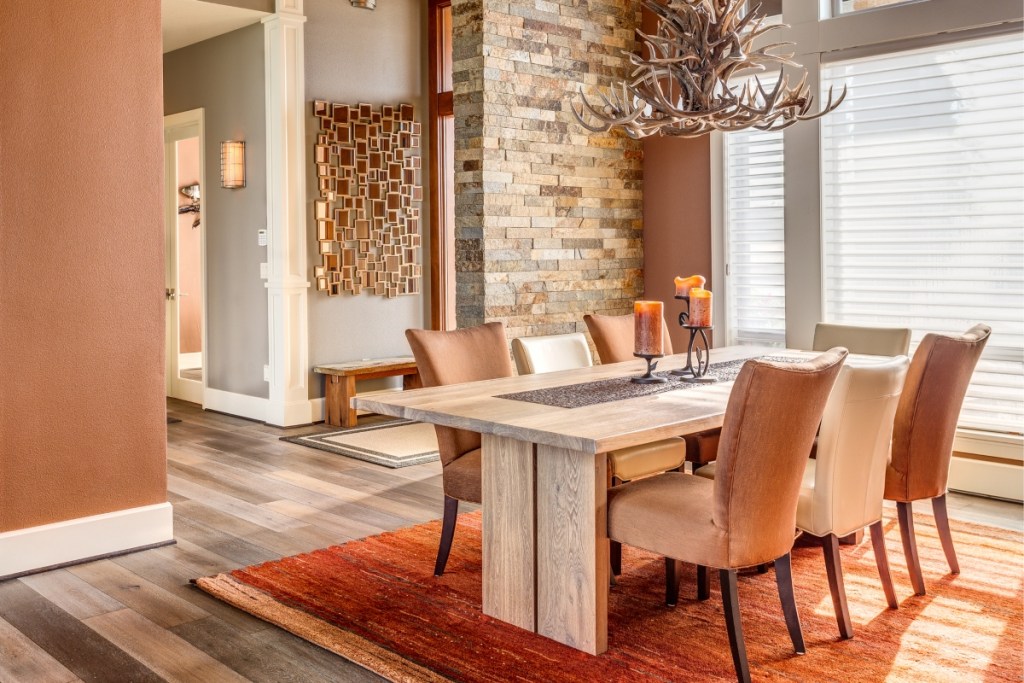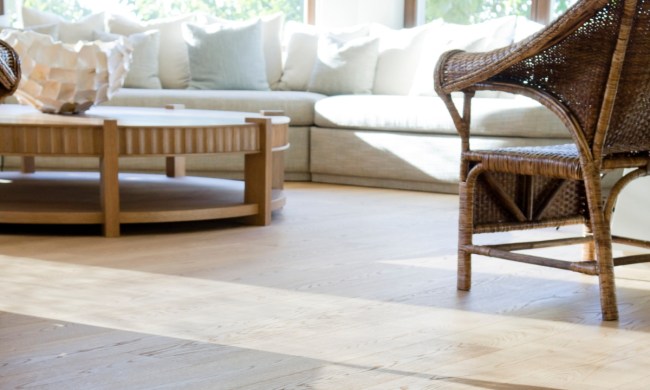Trends are cyclical — and while there are some vintage home design trends we hope we’ll never see again, there are others that come around again and again… but with a more modern twist. Vintage design trends are back in a big way and will only continue to pick up steam. Velvet, rattan, curved furniture, and even some colors that were popular in the ’70s are back and better than ever.
Want to update your interior decor in a way that embraces a little design nostalgia? You don’t have to remodel the entire room to pull it off. Sprinkling in a few vintage pieces, colors, or materials will do the trick. Check out some of our favorite vintage design trends below.

Velvet
If the thought of velvet furniture brings back bad pea-green memories for you, worry not. The velvet furniture we see popping up everywhere is not the same as the furniture you’re picturing; it’s contemporary and somehow glamorous. Lighter shades of velvet are on trend, and the idea is for the piece to blend in with the decor rather than be a dominant centerpiece.
Velvet is one of the more versatile textures you can choose from, and it’s soft, comfortable, and durable. If you’re not committed enough to buy a velvet piece of furniture, you can accent your decor with velvet pillows, lampshades, stools, or throw blankets.

Rattan furniture
Rattan furniture is made from rattan vines that are woven together. You may be picturing wicker furniture right now, and that’s because the two words are often used interchangeably. Wicker is a style of weave, while rattan is a material, so a piece of furniture may be both wicker and rattan. Rattan is extremely strong and easy to manipulate, making it great for furniture making. It does well both indoors and outdoors. Rattan chairs, end tables, light fixtures, and even bed frames are making a huge comeback because they give any room a laid-back vibe and embrace that green design aesthetic everyone loves. Rattan peacock chairs are also popping up everywhere from patios to living rooms.

Curvy shapes
The sharp and clean edges of modern decor are fading out of style, and curvy furniture is quickly taking its place. Furniture of the ’60s and ’70s had softer edges and a more relaxed feel, which is part of the reason this style is coming back. Rounded furniture like soft-edge tables and contemporary chairs can complement angled pieces nicely, especially in textured fabrics like sheepskin and velvet. Pairing curvy furniture with a geometric rug or retro lamp will complete the look, but be sure to think beyond the c-shaped sofa. Ottomans, chairs, and couches can all fall into the curvy department without giving you flashbacks of your grandma’s house.

Bold colors
Retro paint colors are coming back in a big way, and they are taking out the neutral colors that have dominated the interior design world for the past several years. The colorful elements of nature inspired the colors of the ’70s — think avocado green and burnt orange. To use these natural colors in today’s contemporary decor, there are several options. For example, if your current decor is cottage style, the rich greens and warm reds of the ’70s will pair wonderfully with natural stone and wood. The living room is a perfect place to bring some vintage colors into your decor since earthy colors create a relaxing vibe that people will want to socialize in. On the other hand, don’t be afraid to introduce some bold ’70s-era colors to the exterior of your home, too, like deep blue or gold.
Vintage design trends are really making a comeback, but not in the same way they were used 50 years ago. Today’s vintage styles are paired with modern design in a way that creates an entirely new look. Soft fabrics and edges help create a welcoming space in any room of your house, while natural colors and materials complete this theme. The key to keeping your vintage looks contemporary is to mix the old with the new — too much vintage in one room will make you (and your guests) feel like you’re back in someone’s basement in 1972. Even hated design trends like wood paneling can be pulled off if used sparingly and in a modern way. So, if you’re thinking of bringing some vintage design trends into your home, now is the time to do it.



